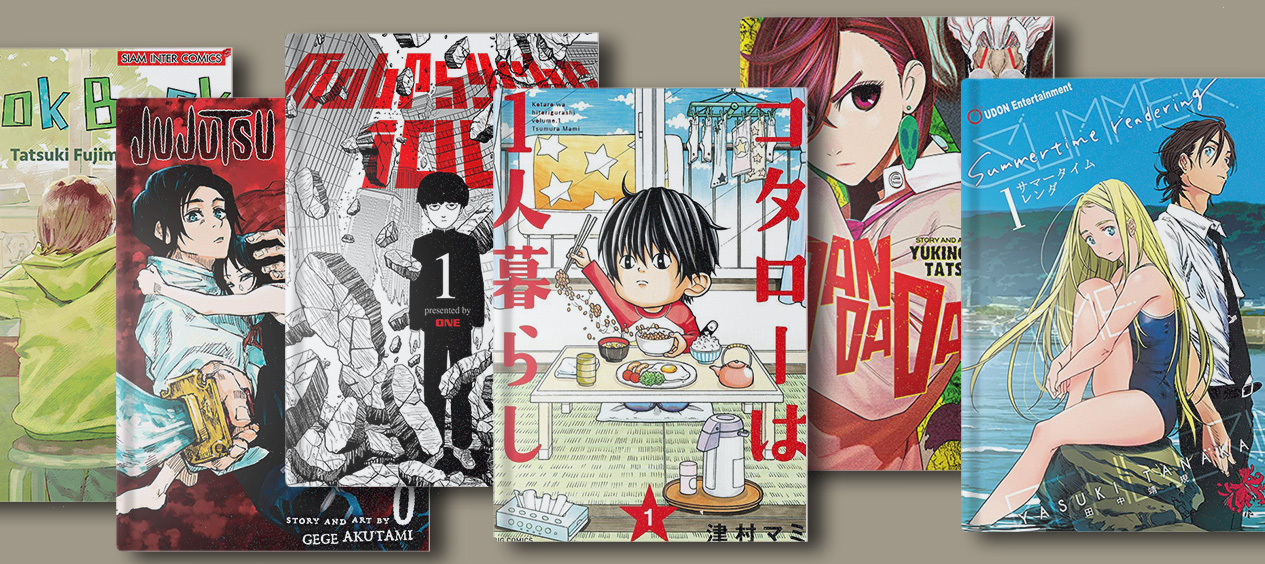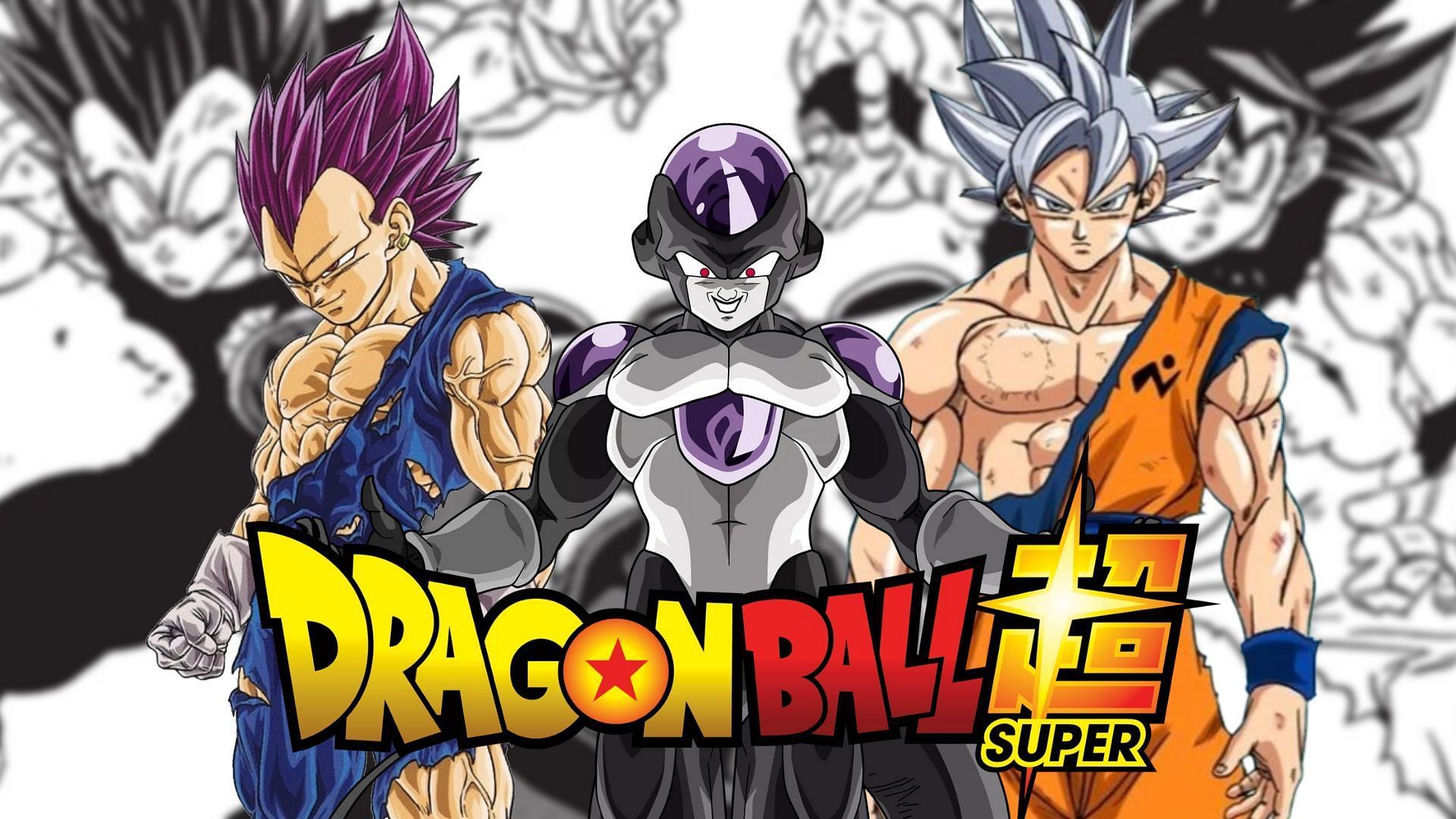Manga For Life, yo! It’s not just a hobby, it’s a whole vibe. From epic sagas to quirky rom-coms, manga’s got something for everyone. We’re diving deep into why these Japanese comics have taken over the world, exploring the art, the stories, and the crazy impact they’ve had on pop culture. Get ready to geek out!
This isn’t your average manga review; we’re tackling the bigger picture. We’ll break down the storytelling magic, compare manga to other media, and even peep into the future of this awesome art form. Think of it as your ultimate guide to understanding why manga rules.
Discover more by delving into amazon manga kindle further.
The Enduring Allure of Manga: Manga For Life
Manga, those vibrant Japanese comics, have exploded onto the global scene, captivating audiences across age groups and cultures. Its enduring popularity stems from a potent mix of compelling storytelling, unique artistic styles, and a diverse range of genres catering to nearly every imaginable taste. This exploration delves into the reasons behind manga’s widespread appeal, its impact on society, and its future trajectory.
The Appeal of Manga for Life
Manga’s enduring popularity transcends generational and cultural boundaries. Long-running series like One Piece, Detective Conan, and Slam Dunk have not only achieved phenomenal sales but have also permeated popular culture, influencing fashion, language, and even tourism. The diverse appeal lies in the emotional depth of the characters, the imaginative worlds they inhabit, and the relatable themes explored – from high school romance to epic battles, from slice-of-life dramas to fantastical adventures.
Diverse Perspectives on Manga Engagement
The reasons people connect with manga are as varied as the genres themselves. Some are drawn to the intricate artwork and dynamic paneling, while others appreciate the complex character development and emotional resonance. Many find comfort and escape in the fantastical worlds manga creates, while others see it as a reflection of their own experiences and struggles. Still others appreciate the unique blend of humor, action, and drama that often defines a single series.
| Genre | Art Style | Target Audience | Appeal |
|---|---|---|---|
| Shonen | Dynamic, action-oriented | Young boys/teenagers | Action, adventure, friendship |
| Shojo | More delicate, romantic | Young girls/teenagers | Romance, drama, friendship |
| Seinen | Mature themes, complex plots | Young men/adults | Complex narratives, realism |
| Josei | Realistic portrayal of adult life | Adult women | Relationship dynamics, societal issues |
Manga as a Storytelling Medium
Manga’s storytelling techniques are distinct and powerful. The use of visual elements, including expressive character designs, dynamic panel layouts, and strategic use of sound effects, significantly enhances the narrative. Unlike novels, which rely solely on words, or films, which rely on moving images, manga combines both visual and textual elements, creating a unique and immersive reading experience.
The Role of Visual Elements in Manga Narration

The art style in manga varies widely, from the clean lines of Sailor Moon to the gritty realism of Berserk. Paneling is crucial in controlling the pace and flow of the story, creating tension, and emphasizing specific moments. The use of close-ups, wide shots, and other cinematic techniques helps to convey emotions and build suspense.
| Era | Art Style Characteristics | Example Artists/Series |
|---|---|---|
| Early Showa (1920s-1950s) | Simple lines, limited detail | Osamu Tezuka (Astro Boy) |
| Late Showa (1950s-1980s) | More detailed backgrounds, dynamic action | Go Nagai (Devilman), Katsuhiro Otomo (Akira) |
| Heisei (1989-2019) | Highly detailed, diverse styles | Eiichiro Oda (One Piece), Masashi Kishimoto (Naruto) |
| Reiwa (2019-present) | Continued diversity, digital influence | Various webcomic artists |
The Impact of Manga on Society and Culture
Manga’s influence extends far beyond the pages of its comics. It has profoundly impacted fashion, music, and other art forms, inspiring countless designers, musicians, and artists. Its global reach is undeniable, with manga translated and enjoyed in countries worldwide, shaping cultural trends and attitudes in diverse regions. Its impact on societal perceptions, especially regarding gender roles and social issues, is a subject of ongoing discussion and analysis.
- Osamu Tezuka: Pioneer of modern manga, known for Astro Boy.
- Go Nagai: Creator of influential works like Devilman and Mazinger Z.
- Hayao Miyazaki: Legendary animator and filmmaker known for Studio Ghibli films.
- Eiichiro Oda: Author of the globally popular One Piece.
- Masashi Kishimoto: Creator of the widely acclaimed Naruto.
Manga’s Relationship with Other Media

Manga’s popularity has fueled numerous adaptations across various media, including anime, live-action films, and video games. These adaptations often involve creative choices, sometimes staying faithful to the source material, and sometimes taking significant liberties. The success or failure of these adaptations often hinges on the ability to capture the essence of the original manga while catering to the specific demands of the new medium.
| Manga | Anime Adaptation | Live-Action Adaptation | Video Game Adaptation |
|---|---|---|---|
| Death Note | Highly acclaimed | Mixed reception | Several games, varying in quality |
| Attack on Titan | Generally well-received | Upcoming live-action film | Several games, with varying degrees of success |
| Dragon Ball | Iconic and influential | Several live-action films, with mixed success | Numerous successful games |
The Future of Manga, Manga for life
The manga industry is constantly evolving, with the rise of digital manga and webcomics reshaping distribution and consumption patterns. New genres and storytelling techniques are emerging, pushing the boundaries of the medium. The future of manga’s popularity and global influence looks bright, with continued growth projected in both the digital and physical markets.
A projected growth chart would show an upward trend, with a steeper incline in the digital sector. This would be based on the increasing accessibility of digital platforms, the growing popularity of webcomics, and the expanding global readership. The chart might also indicate diversification into new genres and formats, reflecting the innovative spirit of the industry. The overall picture would suggest sustained growth, driven by technological advancements and evolving audience preferences, mirroring the success of other digital media forms.
Manga and Personal Identity
Manga offers a powerful means of self-discovery and connection. For many readers, it provides a sense of belonging, connecting them with others who share similar interests and passions. It can offer comfort, escape, and inspiration, helping individuals navigate personal challenges and develop their identities.
- Connecting with characters facing similar struggles: Readers often find solace and understanding in characters who mirror their own experiences, providing a sense of validation and hope.
- Identifying with themes of self-discovery and growth: Manga often explores themes of self-acceptance, resilience, and personal growth, which can resonate deeply with readers on a personal level.
- Finding inspiration and motivation: The perseverance and determination shown by many manga characters can serve as a source of inspiration for readers to overcome their own obstacles.
So, there you have it—a whirlwind tour through the world of manga! From its humble beginnings to its global domination, manga has proven its staying power. Whether you’re a seasoned otaku or just starting your manga journey, we hope this deep dive has fueled your appreciation for this incredible storytelling medium. Now go forth and read some manga!



